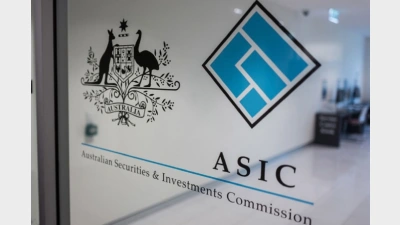(December-2003) The certainty of uncertainty: managing to a dynamic benchmark
They say there are only two things certain in life: death and taxes. Actually, you should probably add change and uncertainty to that list. Proponents of dynamic benchmarks believe it is these last two certainties which justify managing to a dynamic (or evolving) benchmark.
Rather than fix a set benchmark policy based on historical or forecast risk levels, the idea of a dynamic benchmark is to allow investors to be fluid in setting strategic asset allocation (SAA). The motivation is really to try and protect the fund from major market shifts as opposed to purely trying to enhance returns.
This thinking came out of a period when financial markets seemed to perform against common sense for sustained periods. For example, in the late 1990s, obviously overvalued markets continued to run, while in the 2000s, investors seem to have paid the price of this exuberance with poor returns for three years in a row. The dynamic approach promises to smooth market extremes over the full period avoiding the roller coaster ride, and more specifically, take less of the pain. But can it deliver?
Dynamic approaches move funds between asset classes with the most attractive near-term prospects. This has intuitive appeal. It’s proactive, rather than just accepting the market tide. It also feels like real-world investment — that is, setting strategy in context of contemporary events rather than assuming a patient objective view.
It seems attractive, but we are not so sure that losing the discipline of a considered long-term policy is wise — why?
Dynamic strategies require a new discipline that is hard to come by — that is, picking turning points in markets, a task the industry has consigned to the tactical asset allocation (TAA) specialists with mixed success.
Unlike TAA, which takes relatively small, short-term bets around the edge of the SAA policy, dynamic strategies take one or two, infrequent, large positions that require a medium-term pay-off.
This will lead to shorter-term outcomes being quite different from the peer group which can be hard for investor boards to explain, particularly when the performance differences are negative, for example, in the late 1990s when other funds got 15 per cent, and yours got 8 per cent!
The success of dynamic strategies is reliant on decision makers getting the market calls right, particularly at times of extreme stress and often at odds with popular sentiment. For example, how could decision makers have rationally set dynamic positions immediately after the World Trade Centre attacks? Hindsight has shown us that buying (then selling before Enron) would have been the right answer, but either call could have been argued convincingly at the time.
No matter how we define it, dynamic strategies increase reliance on the ability of decision makers to “call the markets”. A type of skill-based return is therefore generated where human judgement replaces the long-term trends of asset class returns. Skill-based returns are difficult to pin down, but investors are generally careful to diversify reliance on individual skill sets and spread the risk of this unreliable alpha.
Skill based returns are certainly attractive in terms of being uncorrelated with market risk which helps diversification, but they do require confidence that the ability can be consistently repeated.
In the short term, markets will stray from traditional characteristics, but the economic theory of how investment markets behave is tried and tested and has a weight of evidence behind it. The question is, can we really harness the benefits of any alternative?
Everyone likes to be thought of as dynamic. It’s a great word with positive connotations, but when it comes to investment management, the truly dynamic investors of the future will be those who are solid and dependable, the ones who can mix market forces and human skill in proportions that make us confident of achieving long term objectives. A fixed SAA, used wisely, and a careful use of skill-based returns, will do this.
— David Brown is a senior fund manager in the strategy division at the Queensland Investment Corporation.
Recommended for you
The super fund is open to the idea of using crypto ETFs to invest in the asset class, but says there are important compliance checks to tick off first.
ASIC has launched civil penalty proceedings in the Federal Court against one of the super trustees wrapped up in the Shield Master Fund failure.
Industry associations have welcomed the Treasurer’s review into the superannuation performance test and called for targeted changes that would enable investment in certain assets with strong long-term performance.
Super funds are strengthening systems and modelling member benefits ahead of payday super.











